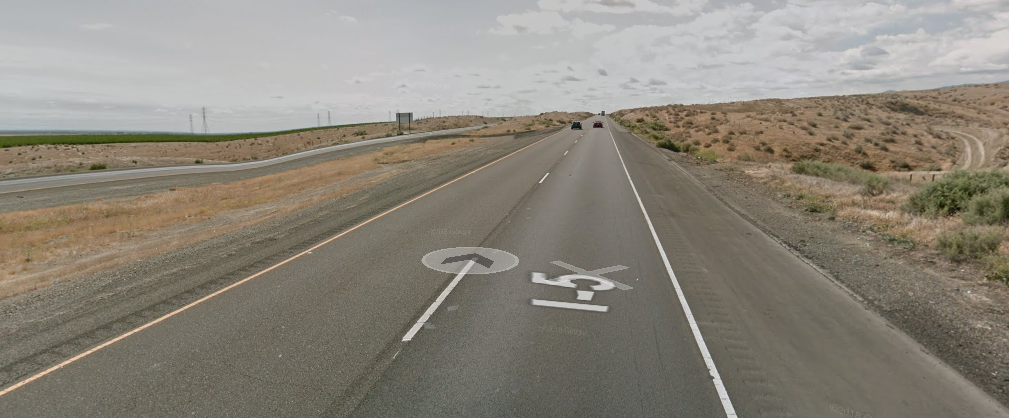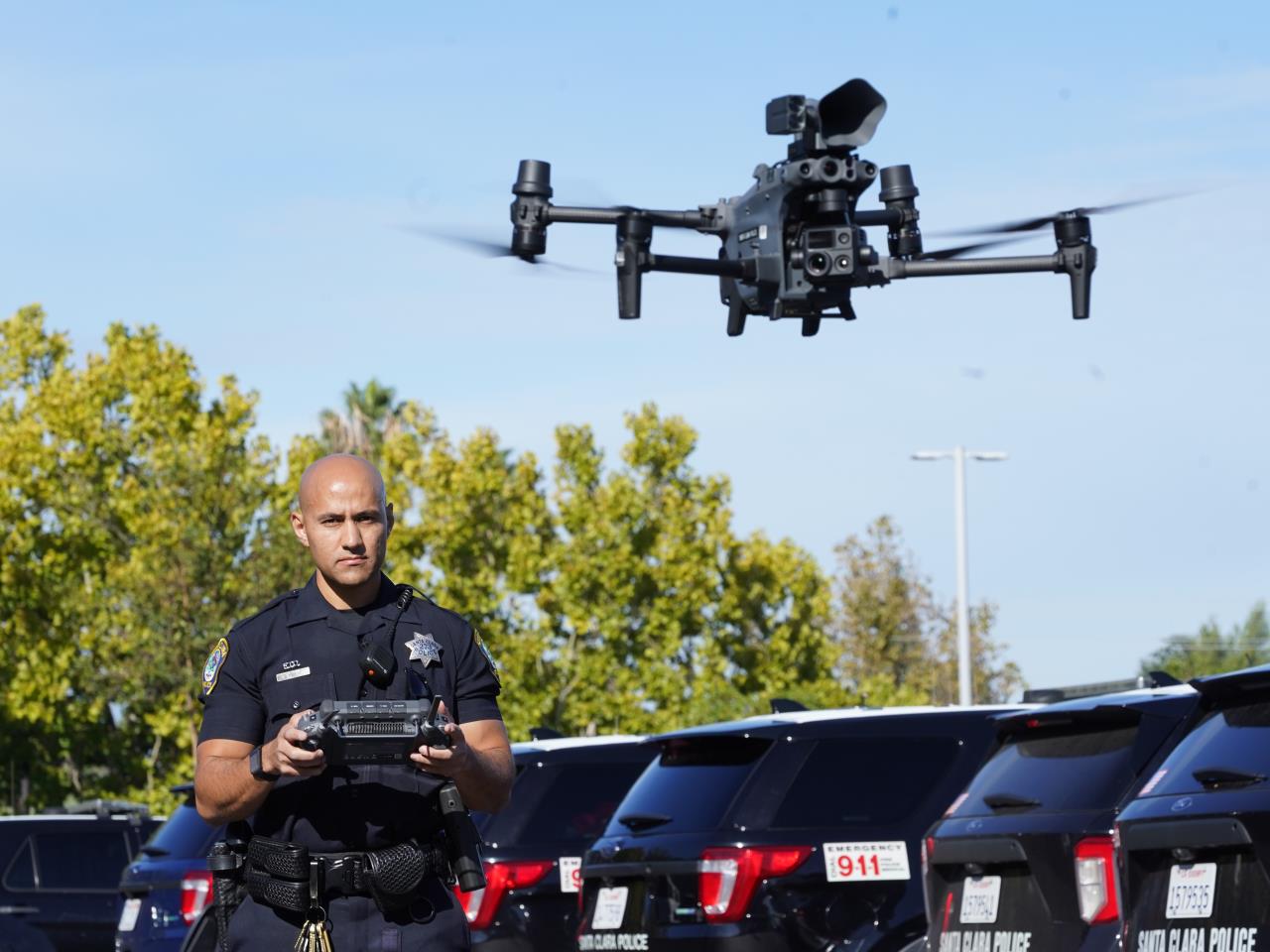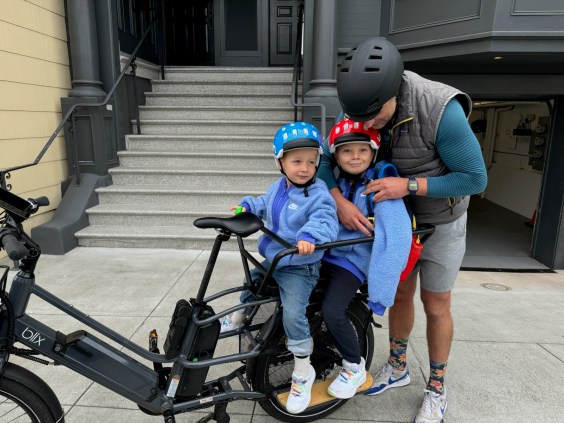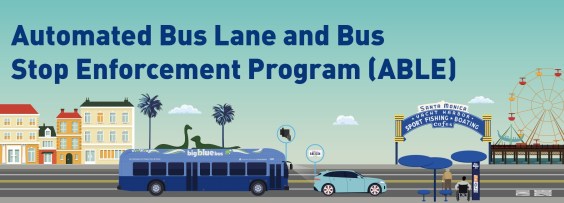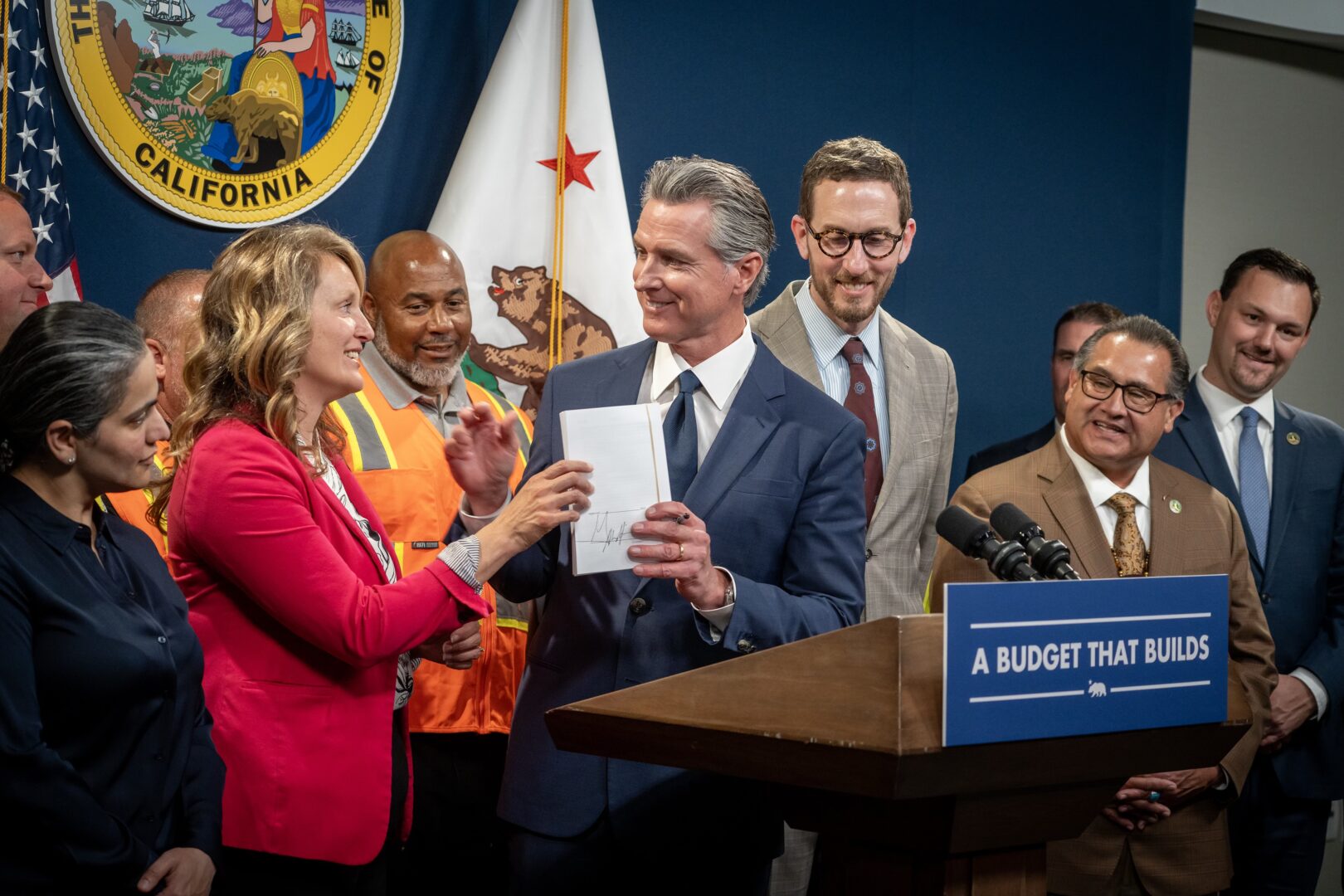When I helped launch Streetsblog Los Angeles eleven years ago, I never imagined that transportation would become so partisan. Educating politicians is of course a core part of any movement, and the movement for safe streets is no exception. But over the last decade, how one views efforts to make our transportation network more clean, safe, and welcoming for all road users is increasingly seen through a highly partisan lens.
And through that lens it should come as no surprise that Republican California State Senator John M. W. Moorlach made national news this week when he proposed a massive highway widening to increase north-south mobility. Moorlach introduced Senate Bill 931, which would add two northbound and two southbound lanes to the I-5 and State Route 99. In a fun added twist, Moorlach's legislation would make it so that there would be no speed limit on the new lanes, causing no amount of joy for headline writers heralding the American Autobahn.
To make the case for his bill, Moorlach argues that removing speed limits would reduce car crash rates. He also claims that congestion causes increased greenhouse gas emissions. In an amazing interview with Road and Track, a magazine for automotive enthusiasts, Moorlach unabashedly reveals he has no idea if speed limits have anything to do with crash rates or pollution, but it sounds good--and would help the roads qualify for cap-and-trade funding from the State, if anyone buys his arguments.
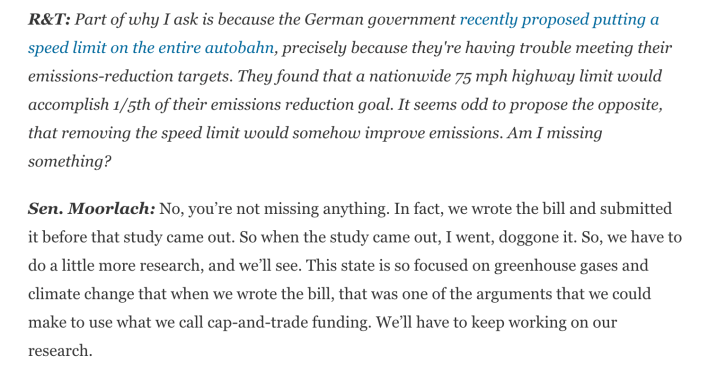
There is next to zero chance this bill will get anywhere. However, it is part of what's been a trend in California for the Republican Party: trying to politicize transportation as a way out of the Trump-created political wilderness the state party now finds itself in. They have had some success with this strategy regionally, successfully recalling a new state senator over his vote in favor of the gas tax; but largely have failed to make either high-speed rail or the gas tax an issue they can ride to political power statewide.
Whether this bill is a test to see if Californians are interested in creating a no-speed-limit highway network or just a weird one-off by a State Senator who really likes cars (seriously, you HAVE to read the whole interview at Road and Track) is unknown.
